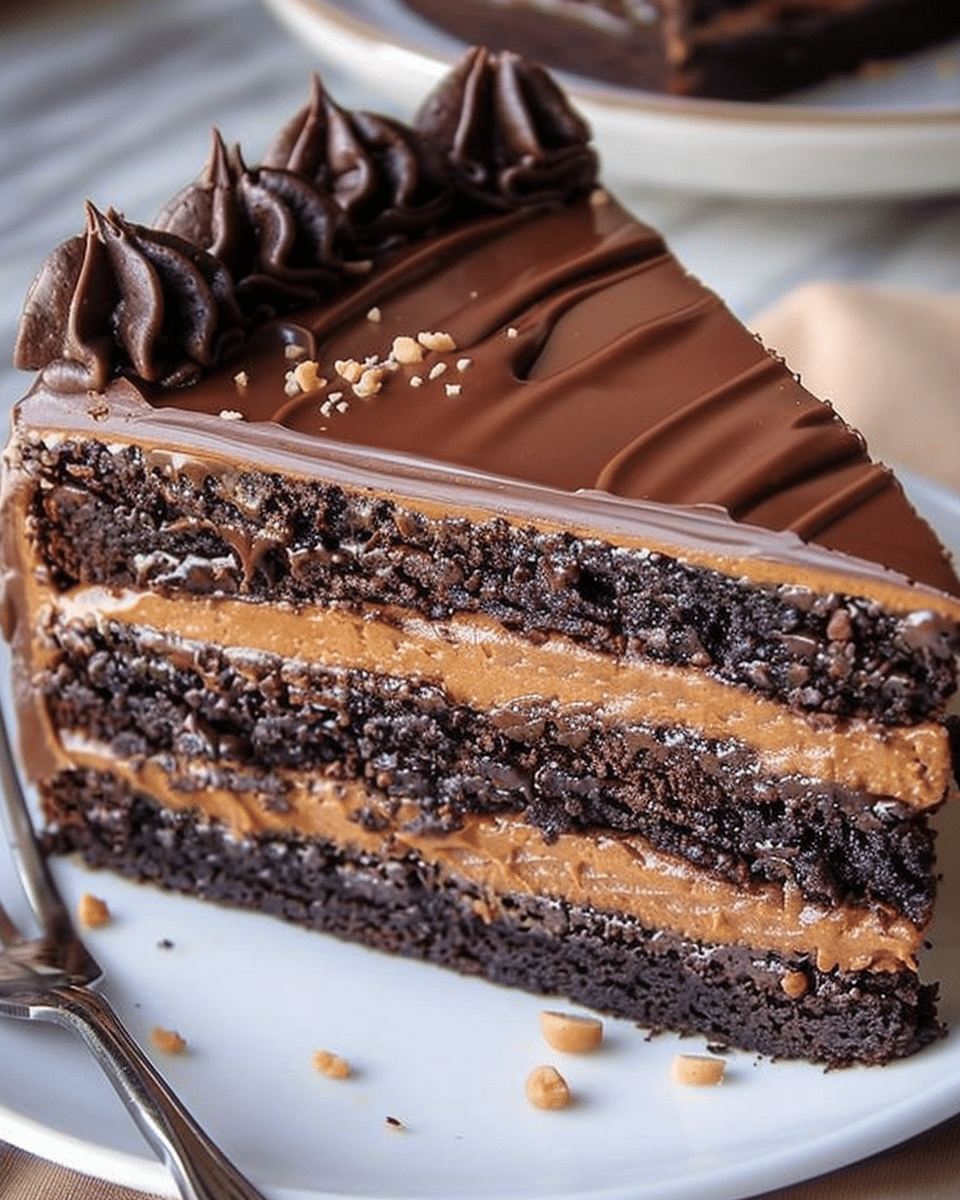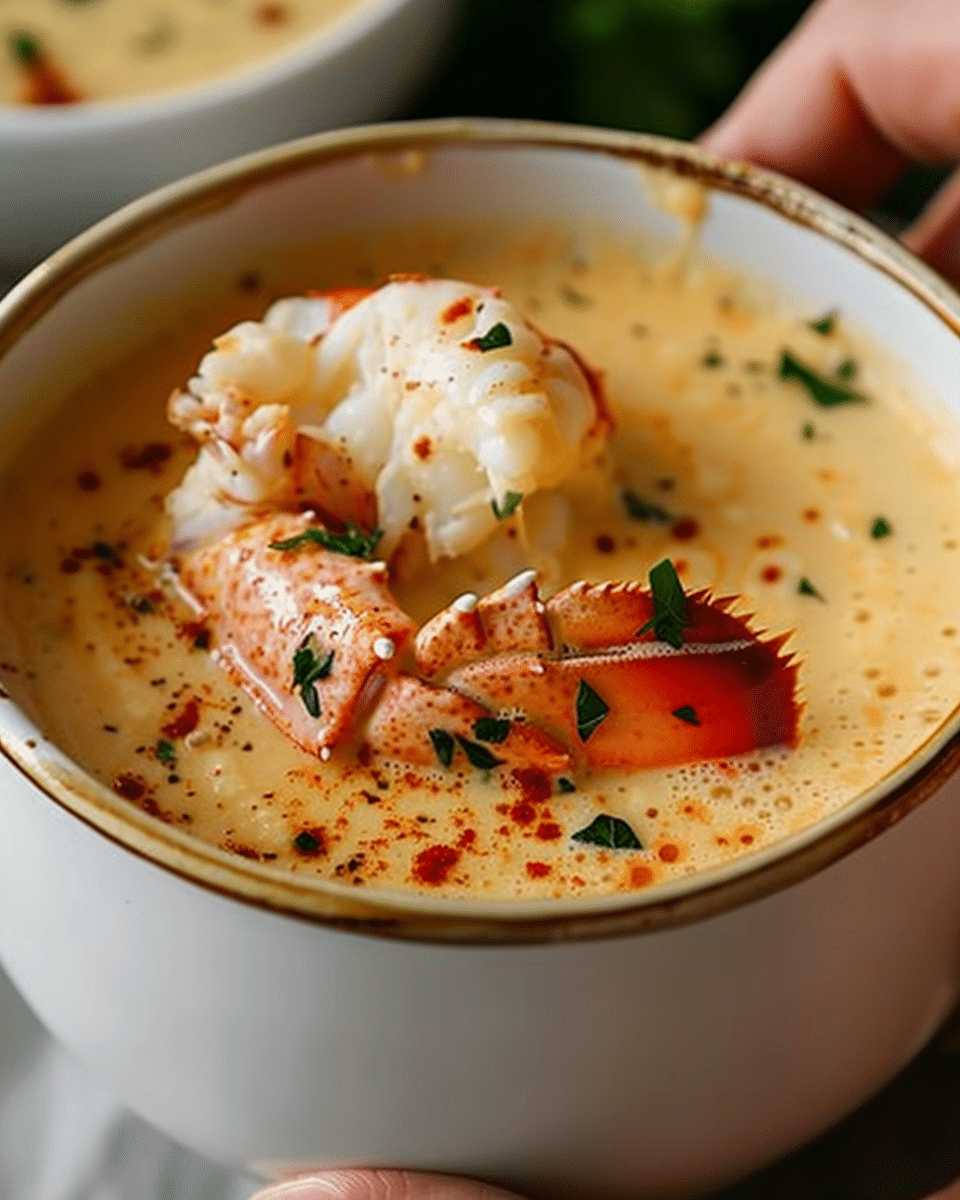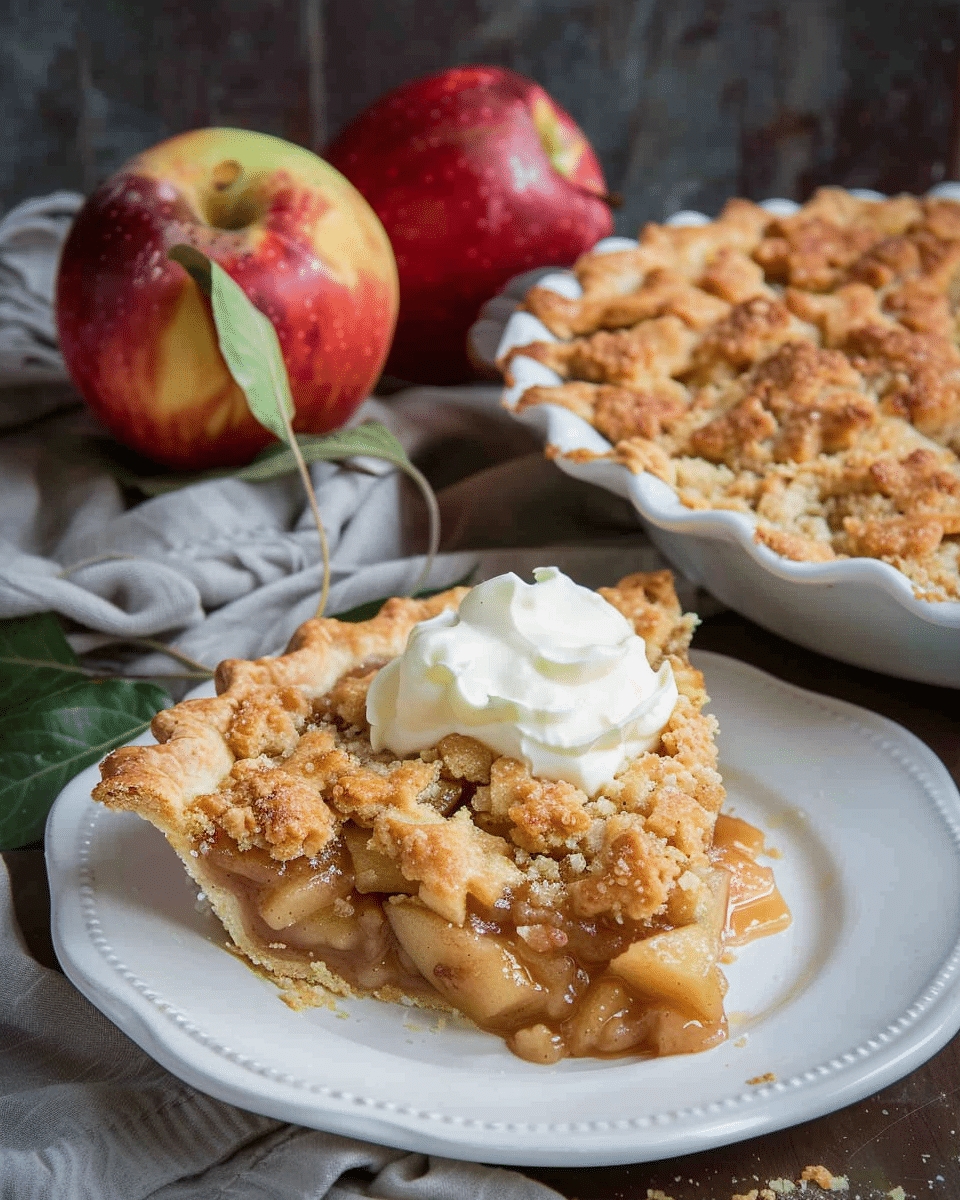Coconut, often referred to as the “tree of life,” is a staple in many cultures around the world. From its refreshing water to its creamy flesh, coconut is not only delicious but also incredibly versatile. Whether you’re sipping on a coconut cocktail on a sunny beach or enjoying a rich curry infused with coconut milk, there’s no denying that coconut has a special place in our hearts and kitchens.
What goes with coconut?
The million-dollar question! The versatility of coconut is truly astounding. Coconut pairs beautifully with a myriad of ingredients, both sweet and savory. Let’s dive into the world of coconut and discover its endless possibilities.
Culinary Combinations: Foods that Pair Well with Coconut
Coconut, with its creamy texture and subtly sweet flavor, is a versatile ingredient that can be paired with a wide variety of foods. Here are some classic combinations that highlight the best of what coconut has to offer:
- Tropical Fruits: Mango, pineapple, and papaya are natural partners for coconut. Whether in a fruit salad drizzled with coconut cream or a tropical smoothie, these fruits bring out the best in coconut.
- Spices: Spices like cinnamon, nutmeg, and cardamom complement the sweetness of coconut. Think of a warm bowl of coconut rice pudding spiced with a hint of cinnamon or a coconut curry infused with aromatic cardamom.
- Chocolate: The richness of chocolate combined with the creaminess of coconut is a match made in heaven. Coconut-filled chocolates or a chocolate cake with coconut frosting are just a couple of examples.
- Seafood: In many coastal regions, coconut is often paired with seafood. Coconut shrimp, fish curry in coconut gravy, or mussels cooked in coconut milk are dishes that showcase this delightful pairing.
- Nuts: Almonds, cashews, and pecans add a crunchy contrast to the soft texture of coconut. Coconut almond cookies or a coconut cashew stir-fry are dishes that play on this combination.
Coconut in World Cuisines: A Global Affair
Coconut is a beloved ingredient in many world cuisines, each offering its unique take on this versatile fruit:
- Thai Cuisine: Thailand is renowned for its creamy coconut curries, be it the green, red, or yellow variety. Coconut milk is also a staple in Thai desserts like sticky rice with mango.
- Indian Cuisine: From the coastal regions of Goa to the southern state of Kerala, coconut is integral to Indian cooking. Dishes like “avial” (a mixed vegetable curry) and “sambhar” (a tangy lentil soup) are enriched with coconut.
- Caribbean Cuisine: The islands of the Caribbean use coconut in both sweet and savory dishes. Coconut rundown, a dish made with fish stewed in coconut milk, and coconut tarts are popular in the region.
- Brazilian Cuisine: Brazil’s “moqueca,” a fish stew made with coconut milk, peppers, and tomatoes, showcases the country’s affinity for coconut.
Sweet Delights: Desserts Featuring Coconut

Coconut shines in the realm of desserts, adding a touch of tropical sweetness to every bite:
- Coconut Cream Pie: A classic dessert where a flaky pie crust is filled with a creamy coconut mixture and topped with whipped cream.
- Macaroons: These are small, round cookies made primarily from coconut, egg whites, and sugar. They’re often dipped in chocolate for an added layer of flavor.
- Bounty Bars: Inspired by the famous candy bar, these are made with a sweet coconut filling coated in rich chocolate.
- Coconut Panna Cotta: An Italian dessert given a tropical twist, this is a creamy, gelatin-set dessert flavored with coconut.
- Lamingtons: Originating from Australia, these are squares of sponge cake coated in chocolate and then rolled in desiccated coconut.
Coconut is a star ingredient in many desserts. Its natural sweetness and unique texture make it a favorite for cakes, pies, and more. One of the classic desserts that showcase coconut’s flavor is the coconut cake. This fluffy and moist cake, layered with creamy coconut frosting, is a treat for the senses.
Savory Dishes: When Coconut Meets Spice
The creamy and subtly sweet nature of coconut provides a perfect canvas for the vibrant and aromatic world of spices. When these two culinary realms collide, the results are nothing short of spectacular:
- Coconut Curries: Across Asia, coconut milk forms the creamy base for a plethora of curries. Whether it’s the spicy Thai green curry or the rich Indian “korma,” spices like turmeric, cumin, and coriander elevate the coconut’s flavor profile.
- Coconut Soup: Think of the famous “Tom Kha Gai” from Thailand – a chicken soup made with coconut milk, galangal, and kaffir lime leaves. The spices and herbs provide a zesty contrast to the coconut’s richness.
- Spiced Coconut Rice: A staple in many cultures, rice cooked with coconut milk and spices like cloves, cinnamon, and cardamom results in a fragrant and flavorful side dish.
- Coconut and Lentil Stew: Lentils simmered in coconut milk with spices like mustard seeds, curry leaves, and chili create a hearty and comforting dish.
Coconut Beverages: From Cocktails to Smoothies
Coconut, with its refreshing taste, is a popular base for a variety of beverages:
- Piña Colada: Perhaps the most famous coconut cocktail, this drink combines coconut cream, pineapple juice, and rum for a tropical treat.
- Coconut Water Refreshers: The natural electrolytes in coconut water make it a hydrating base for drinks. Mix it with a splash of lime, mint, and a touch of honey for a revitalizing beverage.
- Coconut Smoothies: Blend coconut milk with fruits like berries, banana, or mango for a creamy and nutritious smoothie. Add a sprinkle of chia seeds or a scoop of protein powder for an extra boost.
- Coconut Latte: A twist on the traditional coffee latte, using coconut milk instead of dairy gives your morning coffee a tropical makeover.
Health Benefits: Why Coconut is a Superfood
Coconut is not just a tasty ingredient; it’s packed with numerous health benefits:
- Rich in Medium-Chain Triglycerides (MCTs): These are a type of fat that the body can easily digest and use as a quick energy source. MCTs are also known to support weight loss.
- Heart Health: Coconut contains lauric acid, which can help increase the good HDL cholesterol levels in the blood, promoting heart health.
- Hydration: Coconut water is a natural electrolyte-rich drink, making it an excellent choice for rehydration after exercise or on a hot day.
- Antioxidant Properties: Coconuts are rich in antioxidants, which help combat oxidative stress and reduce the risk of chronic diseases.
- Supports Immunity: The lauric acid in coconut has antimicrobial properties, which can help fight harmful microorganisms in the body.
Cooking with Coconut: Tips and Tricks
Diving into the world of coconut can be an exciting culinary journey. However, to truly master the art of cooking with this versatile ingredient, it’s essential to arm yourself with some key tips and tricks. Firstly, always shake the can of coconut milk before opening; this ensures the creamy part mixes well with the liquid. Secondly, when using coconut oil, remember that it has a high smoke point, making it ideal for frying and sautéing. Lastly, for a richer flavor, try toasting coconut flakes before adding them to your dishes. This simple step can elevate the overall taste of your meal.
Coconut in Vegan and Vegetarian Dishes
Transitioning to the realm of vegan and vegetarian cuisine, coconut emerges as a superstar. It acts as a fantastic substitute for many dairy products, adding depth and creaminess to dishes. For instance, coconut milk can seamlessly replace cream in soups, giving them a velvety texture. Moreover, coconut yogurt is a delightful alternative to regular yogurt, perfect for breakfast bowls or as a base for creamy dressings. And let’s not forget desserts; vegan coconut ice cream is a treat that even non-vegans will find hard to resist.
Coconut in Dairy-Free Recipes

Moving on to dairy-free recipes, coconut continues to shine brightly. For those who are lactose intolerant or simply prefer to avoid dairy, coconut offers a plethora of alternatives. Coconut milk can be used in everything from cereals to curries, providing a creamy consistency without the dairy. Additionally, coconut cream is a fantastic substitute for heavy cream in recipes, ensuring you don’t miss out on the richness. And if you’re looking to whip up a dairy-free dessert, coconut-based custards and puddings are sure to satisfy your sweet tooth. In essence, with coconut in your pantry, going dairy-free becomes a delightful culinary experience rather than a challenge.
The Role of Coconut in Keto and Paleo Diets
Embarking on a Keto or Paleo diet journey? You’ll soon discover that coconut is your best ally. Both these diets emphasize natural, unprocessed foods, and coconut fits the bill perfectly. In the Keto diet, where low-carb and high-fat foods are key, coconut is a godsend. Its fats are primarily medium-chain triglycerides (MCTs), which the body can quickly convert into energy, aiding in ketosis. Furthermore, coconut flour acts as a low-carb alternative to traditional flours, making it perfect for keto-friendly baking. On the other hand, the Paleo diet, which mirrors the eating habits of our ancestors, embraces coconut for its minimal processing and high nutritional value. Whether it’s in the form of milk, oil, or flour, coconut enhances both these diets, making them not only nutritious but also delicious.
Coconut Oil: Beyond the Kitchen
While many of us are familiar with coconut oil’s culinary uses, its benefits extend far beyond the kitchen. For starters, coconut oil is a natural moisturizer, making it a favorite in many skincare routines. When applied topically, it can hydrate the skin, reduce signs of aging, and even offer relief from conditions like eczema. Additionally, its antimicrobial properties make it an effective solution for minor cuts and wounds. But that’s not all. Coconut oil also shines in hair care. A simple coconut oil mask can nourish the scalp, combat frizz, and impart a natural shine to your tresses. In essence, this versatile oil is a must-have in both your pantry and your vanity.
Coconut Milk vs. Coconut Cream: What’s the Difference?
Navigating the world of coconut products can sometimes be confusing, especially when it comes to coconut milk and coconut cream. So, what sets them apart? The primary difference lies in their consistency and fat content. Coconut milk, which is thinner, is made by simmering shredded coconut in water. It’s commonly used in soups, curries, and beverages. Coconut cream, on the other hand, is thicker and richer. It’s obtained by simmering coconut with less water, resulting in a more concentrated product. This cream is ideal for desserts, sauces, and dishes that require a creamier texture. In a nutshell, while both these products come from the same source, their distinct characteristics can elevate different dishes, making them staples in any well-stocked kitchen.
The Cultural Significance of Coconut
Throughout history, the coconut has held a place of reverence in various cultures around the world. Often dubbed the “tree of life,” every part of the coconut tree has a purpose, from its leaves to its roots. In many tropical regions, coconuts symbolize prosperity, fertility, and life. Rituals in countries like India and the Philippines often involve offering coconuts at temples or during ceremonies, signifying respect and devotion. Additionally, folklore and legends surrounding coconuts abound, with tales of spirits residing in coconut trees or the fruit being seen as a symbol of protection. Beyond its spiritual significance, the coconut also plays a pivotal role in festivals, celebrations, and daily life in many cultures, underscoring its deep-rooted importance.
Coconut in Beauty and Skincare
Venturing into the realm of beauty and skincare, coconut has carved a niche for itself as a natural and effective ingredient. Coconut oil, with its hydrating properties, is a cherished remedy for dry skin and hair. Its fatty acids help replenish the skin’s natural barrier, locking in moisture and leaving the skin feeling soft and supple. Moreover, its anti-inflammatory and antimicrobial properties can soothe irritated skin and prevent breakouts. Coconut water, rich in vitamins and minerals, acts as a refreshing toner, giving the skin a radiant glow. Even coconut milk finds its way into beauty routines, often used in hair masks or bath soaks for its nourishing benefits. In essence, coconut’s natural properties make it a favorite in holistic beauty treatments, promising radiant skin and lustrous hair.
The Environmental Impact of Coconut Farming
While coconuts offer numerous benefits, it’s essential to consider the environmental impact of their cultivation. Coconut farming, like all agriculture, has its footprint. On the positive side, coconut trees are known to sequester carbon, helping mitigate the effects of climate change. They also play a role in maintaining soil health and preventing erosion, especially in coastal areas. However, challenges arise with the increasing demand for coconut products. Intensive farming can lead to deforestation, loss of biodiversity, and strain on water resources. Additionally, the transportation of coconut products worldwide contributes to carbon emissions. To address these concerns, sustainable farming practices are being promoted. This includes intercropping, organic farming, and responsible land use. As consumers, choosing sustainably sourced coconut products can make a significant difference, ensuring that we enjoy the benefits of coconut without compromising the health of our planet.
How to Choose the Best Coconut Products
In today’s market, where coconut products are aplenty, making an informed choice can seem daunting. However, with a few pointers, you can ensure you’re selecting the best:
- Check the Label: Always read the product label. Opt for products with minimal ingredients, avoiding those with added preservatives or artificial flavors.
- Organic is Best: Whenever possible, choose organic coconut products. This ensures they’re free from harmful pesticides and chemicals.
- Fair Trade: Supporting fair trade coconut products means you’re backing ethical farming practices and ensuring farmers receive a fair wage.
- Packaging Matters: Glass jars or bottles are preferable over plastic, as they’re eco-friendly and preserve the product’s freshness.
- Freshness: Especially for products like coconut water, ensure they’re consumed before the expiration date to enjoy their full nutritional benefits.
Storing and Preserving Coconut
Once you’ve got your hands on quality coconut products, proper storage is key to maintaining their freshness:
- Whole Coconuts: Store in a cool, dry place. Once opened, transfer the flesh to an airtight container and refrigerate.
- Coconut Oil: Keep in a dark, cool place. It solidifies in cooler temperatures but can easily be liquefied by placing the jar in warm water.
- Coconut Milk/Cream: Once opened, transfer to a sealed container and refrigerate. Use within a few days.
- Desiccated/Shredded Coconut: Store in an airtight container in a cool, dry place. For extended shelf life, refrigerate or freeze.
DIY: Making Your Own Coconut Milk at Home
Making coconut milk at home is simpler than you might think, and the result is a fresh, creamy beverage without any additives:
- Ingredients: You’ll need 1 cup of unsweetened shredded coconut and 4 cups of hot water.
- Blend: Combine the coconut and hot water in a blender. Blend on high for several minutes until the mixture is thick and creamy.
- Strain: Pour the blended mixture through a cheesecloth or nut milk bag into a bowl, squeezing out as much liquid as possible.
- Store: Transfer the coconut milk to a sealed container and store in the refrigerator. It’s best consumed within 3-4 days. Give it a good shake before using, as it may separate over time.
Making your own coconut milk not only ensures you’re getting a pure, fresh product, but it also allows you to adjust the consistency to your liking. Whether you prefer it thick and creamy or light and refreshing, homemade coconut milk is a delightful addition to your culinary repertoire.
The History and Origin of Coconut
The coconut, with its distinct shape and tantalizing flavor, has a rich history that spans millennia. Believed to have originated in the Indo-Pacific region, the coconut palm has been a symbol of tropical paradise for ages. Ancient Sanskrit texts from India, dating back over 4,000 years, mention the coconut tree, highlighting its importance in the region. Similarly, early Austronesian sailors are credited with spreading the coconut across the islands of the Pacific and Indian Oceans, using them as provisions for their long voyages. The resilient nature of the coconut, which can float on water and remain viable for months, facilitated its spread across tropical coastlines. Over time, as trade routes expanded, the coconut found its way to new shores, becoming an integral part of cultures worldwide.
Coconut Festivals and Celebrations Around the World
The coconut’s cultural significance is celebrated with fervor in various parts of the world:
- Thailand’s Coconut Festival: Held annually in the province of Surat Thani, this festival celebrates the region’s thriving coconut industry. Events include coconut-based games, parades, and a plethora of coconut dishes to savor.
- Philippines’ Pahiyas Festival: While this festival celebrates the harvest in general, coconuts play a significant role. Houses are adorned with colorful decorations, including those made from coconut shells and leaves.
- India’s World Coconut Day: Celebrated in September, this day emphasizes the importance of the coconut in the country’s culture and economy. Events include seminars, workshops, and traditional performances.
Myths and Legends Surrounding Coconut
The coconut, with its mysterious appearance and life-giving properties, has given rise to numerous myths and legends:
- The Ghost Coconut: In some Pacific Island cultures, it’s believed that the coconut houses the soul of a deceased ancestor. These “spirit coconuts” are treated with reverence and are often consulted during important decisions.
- The Coconut Maiden: A popular legend in the Philippines speaks of a beautiful maiden named Maganda, who emerged from a split coconut shell. She is believed to be the ancestor of the Filipino people.
- The Tears of the Goddess: In Indonesian folklore, the coconut is believed to have been born from the tears of a goddess. Heartbroken over the loss of her lover, her tears fell to the ground, giving birth to the first coconut tree.
The coconut’s journey, from its ancient origins to its modern-day significance, is a testament to its enduring appeal. Whether celebrated in festivals, revered in legends, or simply enjoyed as a delicious treat, the coconut continues to captivate hearts and palates around the world.
FAQs
How to eat coconut?
Eating a coconut can be a delightful experience, and there are multiple ways to enjoy it:
- Raw: After cracking open a coconut, you can scoop out the soft, white flesh using a spoon and eat it raw. It’s juicy, mildly sweet, and refreshing.
- Toasted: Shredded coconut or coconut flakes can be toasted in a pan or oven until they’re golden brown. Toasting enhances the coconut’s flavor, making it a crunchy topping for desserts, salads, or oatmeal.
- Coconut Milk/Cream: The flesh of the coconut can be blended with water to produce coconut milk or cream. This can be used in cooking, baking, or as a drink.
- Coconut Water: The clear liquid inside young coconuts is coconut water. It’s a hydrating and refreshing drink, rich in electrolytes.
- In Dishes: Coconut is a versatile ingredient and can be incorporated into a variety of dishes, both savory and sweet.
Can you put coconut milk in coffee?
Absolutely! Coconut milk can be a delightful alternative to traditional dairy in coffee. It adds a creamy texture and a subtle tropical flavor to your brew. Whether you’re lactose intolerant, vegan, or simply looking to try something new, coconut milk can elevate your coffee experience. Just give it a good stir or froth it up before adding to ensure a smooth blend.
Does cinnamon go with coconut?
Yes, cinnamon pairs wonderfully with coconut. The warm, spicy notes of cinnamon complement the sweet and creamy flavor of coconut. This combination is popular in many desserts, beverages, and even some savory dishes. Think of coconut rice pudding spiced with cinnamon or a coconut latte with a sprinkle of cinnamon on top. The duo offers a harmonious blend of flavors that’s both comforting and tantalizing.
Can I eat coconut at night?
Certainly! Coconut is a light and nutritious food that can be consumed at any time of the day, including night. It’s rich in healthy fats and fiber, which can keep you satiated. However, like any food, it’s essential to consume it in moderation. If you’re considering coconut as a nighttime snack, perhaps a small serving of coconut yogurt or a glass of coconut milk might be soothing and beneficial. Remember, everyone’s body is different, so it’s always a good idea to listen to how your body responds and adjust your eating habits accordingly.
Conclusion: Embracing the Coconut Craze
In recent years, the coconut has transitioned from being a tropical treat to a global sensation, and for good reason. Its versatility in the kitchen, combined with its myriad of health benefits, has propelled it to superfood status. From the refreshing coconut water sipped on sunny beaches to the rich coconut curries savored in bustling cities, this fruit has woven its magic across cuisines and cultures.
But beyond its culinary appeal, the coconut holds a deeper significance. It’s a testament to nature’s bounty, offering sustenance, beauty, and even spiritual solace. Its presence in myths, legends, and festivals underscores its importance in the tapestry of human history.
As we continue to discover new ways to incorporate coconut into our lives, be it through innovative recipes, skincare routines, or sustainable practices, one thing remains clear: the coconut craze is here to stay. And as we embrace it, we’re not just indulging in a trend; we’re celebrating a legacy that has nourished generations and promises to enchant many more to come.









